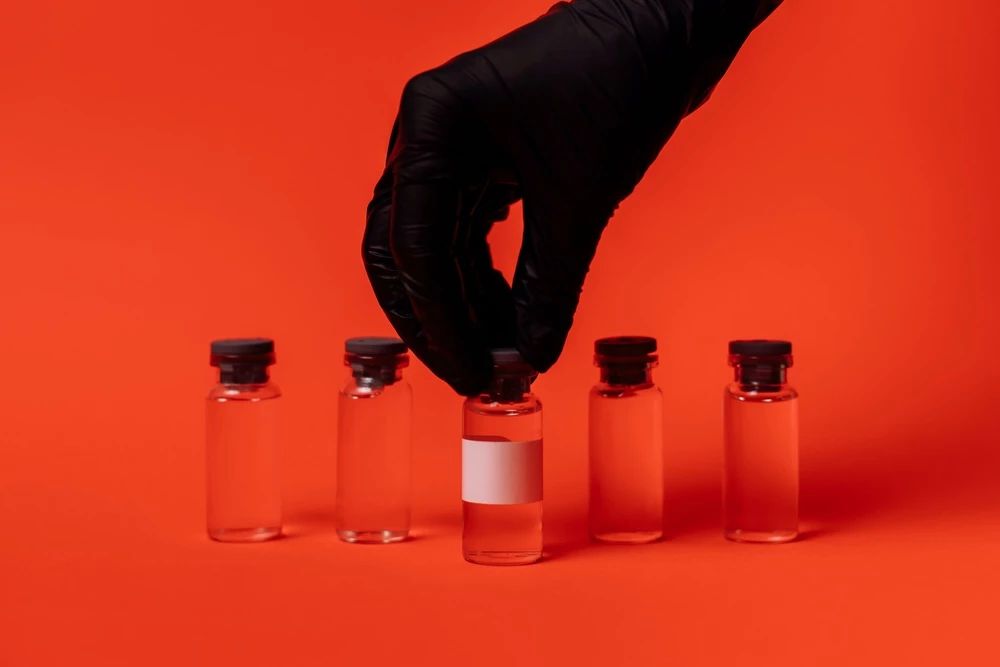Medical device packaging leak testers are tools for testing leaks in manufactured medical devices. These tests aim to ensure quality while simultaneously streamlining product development and the entire manufacturing process. They are also easily customizable, can run concurrent or sequential testing, and offer various evaluation options.
By law, manufacturers must obtain approvals for every type of medical device they produce to guarantee their integrity. The manufacturer must ensure that the product meets the strictest standards for effectiveness before offering it to the end user, hence the requirement for a leak detection system for medical equipment packaging.
How Testing Works
Medical devices undergo several tests to confirm package integrity, including visual inspection, peel strength, bubble emission, dye penetration, creep, and burst tests. While all tests are vital to the end product, the industry considers the bubble emission test the gold standard as its procedure is relatively straightforward.
At high altitudes, pressure variations impact most goods, including packed medical devices. Fortunately, leak detectors always identify packaging flaws in these products. As a consensus in the industry, the balanced pressure method is foolproof, precise, and provides the required stability to test medical devices.
Ordinarily, two chambers make up a leak-detecting system – a dry one and one with water. The latter chamber houses samples and the packaging undergoing testing. Sealing this compartment pushes its contents below the water's surface, then the air near it is ejected to create a vacuum. Any sites where air or gas in the atmosphere is leaking out will now emit a visible bubble stream, revealing present flaws and giving the bubble emission test its eponymous name.
Importance of Medical Device Leak Testing
Medical device leak testing is vital in that it ensures product seals satisfy integrity requirements. All the same, the deal is much more than meeting preset standards. A device must undergo a rigorous validation process to confirm that it is leak free, protected from any pollutants, and adequately packaged.
While all this is happening, the packaged device must also endure accelerated aging to assess its proposed shelf life. By so doing, the medical device leak testing process maintains the validity of the brand, prevents compromised devices from reaching the market, and eases the operator's burden.
In truth, medical devices are sensitive products because of their everyday use to promote health. The consequences of healthcare professionals and their patients using improperly packaged and, consequently, non-sterile devices are potentially fatal. As such, it's in the manufacturers' best interest to avoid associating their products with safety worries. Any mishap would tarnish their public standing and leave them liable for litigation and government intervention.
As one can deduce, maintaining brand validity goes hand in hand with keeping compromised devices off the market. For a manufacturer, the motivation goes straight with the need to maintain the sterility of the devices in question. Medical device leak testing reveals packaging failures and gives pointers for streamlining manufacturing processes. It is in the manufacturer's best interests to ensure the smooth running of this process, as this will build on the brand's trust within the target market.
By virtue of being a mammoth task, the go-to assumption would be that testing for packaging flaws in millions of devices would be murky waters for manufacturers. As it turns out, however, the opposite is true. Medical device leak testing promotes automation and boosts productivity, reducing the person-hours staff would have used if the process were manual. The company could then utilize the time saved in more productive ways for its and its clientele's good, especially in the healthcare sector.
Conclusion
In the current world, where any mishap could lead to the tumbling down of a well-established organization, medical device manufacturers need to think about more than just creating innovative packaging for future products. On account of any number of reasons that could damage their brand's trust and reputation, they also need to review their current packaging.
By pouring resources into comprehending leak-testing processes, they will perpetually design packaging that will better protect their products and adhere to FDA standards in the country and other international standards. Medical device manufacturers will require a packaging leak detector to be more prepared. To learn more about medical device leak testing from a professional in the field, contact the experts at Seal-Check.


No comments yet